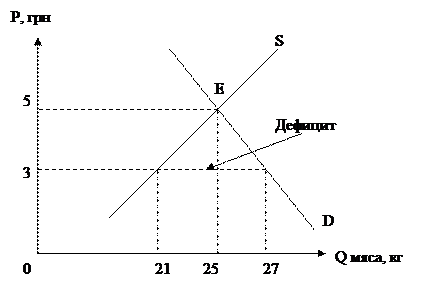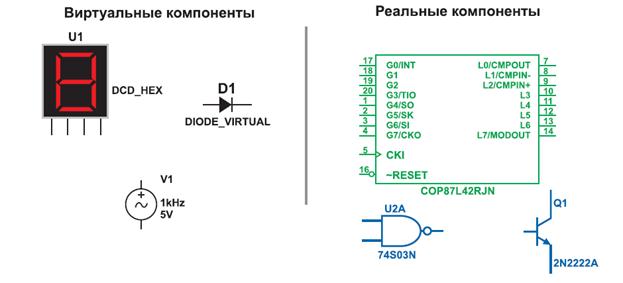BY LIEUTENANT UZOMA OYEBOLU
In February, I deployed on a peace enforcement operation to the Democratic Republic of Central Africa (DRCA) as commander of 1 Platoon, B Company, 21st Marine Infantry Regiment – a multinational battlegroup. The warring factions in the DCRA included tribal warlords and a number of rebel guerrillas backed by neighbouring states. Our deployment was a forced entry since no side had given their consent to the mission. Our initial task was non-combatant evacuation of diplomatic, UN and NGO personnel who had been trapped by the fighting. We were then tasked to separate the warring factions and take control of essential services, including water and electricity, deliver essential food supplies and re-establish law and order. Our current deploy is for six months, after which we will be replaced by follow-on peacekeeping forces. The follow-on force will include lightly-armed Nigerian peacekeepers who will be tasked with the establishment of buffer zones and areas of separation. These troops will then carry out demining and assist with the disarmament, demobilization and re-integration of former soldiers, especially child soldiers. Finally, as civilian agencies take more responsibility, the Nigerians will assist with planning and monitoring elections.
1. Separation of belligerent factions by force. _____ 2. Establishment of buffer zone. _____ 3. Disarmament, demobilization and re-integration of former soldiers. _____ 4. Observation and monitoring. _____ 5. Demining. _____
1. 21st Marine Infantry Regiment. 2. Nigerian peacekeeping forces.
1. To implement a peace agreement, with the consent of bellingerent factions. ____________ 2. To re-establish peace, without the consent of bellingerent factions. ____________ 3. Deployment with no consent, where troops can expect armed opposition. ____________
1. You cannot keep peace, unless there is a peace to keep. 2. You cannot fight wars from white painted vehicles.
1. ___________________________________________________ 2. ___________________________________________________ 3. ___________________________________________________ 4. ___________________________________________________ GRAMMAR: MODALS
|





